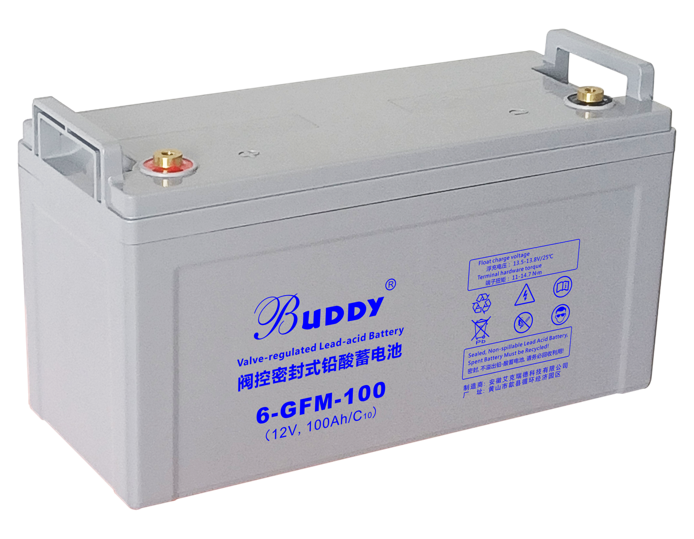For companies that rely on lead-acid batteries to power material handling equipment, battery reliability and performance are critical to daily operations. Proper maintenance of lead-acid batteries plays a vital role in extending their service life and maintaining performance. If not properly maintained, battery life and performance can suffer, reducing productivity and increasing costs.

Here are some common mistakes companies make when maintaining lead-acid batteries, and why lithium-ion batteries are seen as a better option to reduce or avoid these problems.
If the lead-acid battery is not restored to a fully charged state after use, it may be undercharged, which increases the risk of battery damage. Partial charging can cause lead sulfate to form on the panel, reducing the performance of the battery, and may even cause battery failure. Considering that lead-acid batteries have an average life of 1,000 charge cycles, this approach can be costly.
and the insufficient charging, lead-acid battery overcharge is also harmful. Continuous charging for a long time may cause corrosion of the positive plate of the battery, while the battery will become very hot during the charging process, and prolonged exposure to high temperatures may cause damage to the inside of the battery. Overcharging can also produce hydrogen and oxygen, and specific measures are needed to release the pressure, otherwise the battery may rupture.
Lead-acid batteries contain electrolytes (sulfuric acid and water), and water needs to be added regularly to maintain the chemical reaction, otherwise the battery may fail prematurely. It is a common mistake for workers to fail to replenish the electrolyte in time, especially in hot environments where water is consumed faster.
Over-watering can cause electrolyte dilution, reduce battery performance, and present a risk of sulfuric acid leakage.
other may affect the performance and life of the lead-acid battery errors include:
forget to check the vents, can cause pressure buildup, bring safe hidden trouble.
Skip the cooling period, high temperature will affect the battery life, you must wait for 8 hours after charging the cooling period.
If the battery discharge is too deep, the battery life is shortened.
lithium ion battery maintenance cost is low, do not need a separate storage area for charging and cooling. They can be safely discharged to 20% of capacity, enabling users to use the device longer before the battery is damaged. What's more, lithium-ion batteries have advanced battery management systems that monitor battery temperature, current, and voltage to ensure safety and extend service life.
In summary, lithium-ion batteries are seen as an option that can save companies money and reduce the risk of maintenance errors.